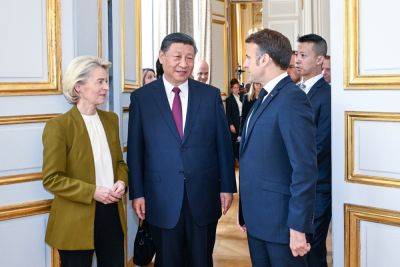China birthrate, robots to move factories to Africa
The emergence of green technology has once again put African manufacturing in the spotlight.
In February, African leaders submitted a proposal to the UN, calling for the sustainable use of minerals crucial for manufacturing “green” products, such as solar panels and batteries. The leaders argued that because these minerals are found overwhelmingly in Africa, Africa should benefit more from their exploitation, by integrating them into the continent’s industrialization.
This renewed emphasis on leveraging natural resources to industrialize only serves to highlight the failure of African manufacturing to develop on the back of mining in past decades. Africa contains half of the world’s manganese and cobalt, as well as 20% of its copper and platinum. But the vast majority of these minerals are exported unprocessed, with 85% of their processing taking place in China alone.
It is no surprise, then, that China’s manufacturing sector benefits overwhelmingly from the African minerals the country processed. Indeed, since the 1960s, African manufacturing has steadily declined as of the global total, while that of East Asia, and China in particular, increased in tandem.
On various occasions in recent years, African leaders have come together to express the need to strengthen the continent’s manufacturing by working with external partners. The Chinese government has been receptive to this call.
In particular, in August 2023, the Chinese government announced its intention to launch the Initiative on Supporting Africa’s Industrialization. This initiative provides targeted investments in African manufacturing, to help Africa diversify away from its dependence on agriculture and natural resource extraction.
Yet, this shift of







